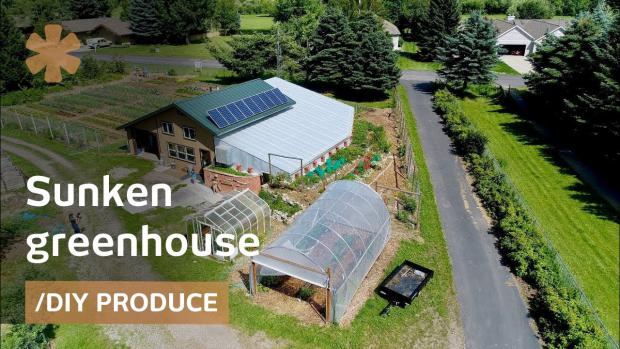
Breaking News
 The Decline Of Boys Participating In Youth Sports Has Led To A Generation Of Soft...
The Decline Of Boys Participating In Youth Sports Has Led To A Generation Of Soft...
 First Arrests Hint At How Billions In California Homeless Dollars Vanished...
First Arrests Hint At How Billions In California Homeless Dollars Vanished...
 Trump Refiles $15 Billion Defamation Lawsuit Against New York Times After Court Dismissal
Trump Refiles $15 Billion Defamation Lawsuit Against New York Times After Court Dismissal
 Can Diet-Changes Really Transform ADHD? One Family's Remarkable Discovery
Can Diet-Changes Really Transform ADHD? One Family's Remarkable Discovery
Top Tech News
 3D Printed Aluminum Alloy Sets Strength Record on Path to Lighter Aircraft Systems
3D Printed Aluminum Alloy Sets Strength Record on Path to Lighter Aircraft Systems
 Big Brother just got an upgrade.
Big Brother just got an upgrade.
SEMI-NEWS/SEMI-SATIRE: October 12, 2025 Edition
 Stem Cell Breakthrough for People with Parkinson's
Stem Cell Breakthrough for People with Parkinson's
 Linux Will Work For You. Time to Dump Windows 10. And Don't Bother with Windows 11
Linux Will Work For You. Time to Dump Windows 10. And Don't Bother with Windows 11
 XAI Using $18 Billion to Get 300,000 More Nvidia B200 Chips
XAI Using $18 Billion to Get 300,000 More Nvidia B200 Chips
 Immortal Monkeys? Not Quite, But Scientists Just Reversed Aging With 'Super' Stem Cells
Immortal Monkeys? Not Quite, But Scientists Just Reversed Aging With 'Super' Stem Cells
 ICE To Buy Tool That Tracks Locations Of Hundreds Of Millions Of Phones Every Day
ICE To Buy Tool That Tracks Locations Of Hundreds Of Millions Of Phones Every Day
 Yixiang 16kWh Battery For $1,920!? New Design!
Yixiang 16kWh Battery For $1,920!? New Design!
 Find a COMPATIBLE Linux Computer for $200+: Roadmap to Linux. Part 1
Find a COMPATIBLE Linux Computer for $200+: Roadmap to Linux. Part 1
Sunken greenhouse wraps home & feeds suburban antifragile co-op

When Richard Weaver inherited 3 acres in the center of a golf-oriented community developed by his father in Bozeman, Montana, he bucked family tradition and tore out the grass to create a self-sufficient urban farm and underground greenhouse home.
He turned his father's RV garage into an off-grid home relying on photovoltaics, rainwater and composting toilet. Attached to the home, he built a half-buried (6-feet-under) greenhouse (walipini) to use the earth's heat to grow figs and fruits during the long Montana winters.
On the land surrounding the home, garden members (open to all) farm using permaculture techniques like planting in guilds- layers of plants that support each other- to cut down on labor requirements. It's a communal, not community, garden so instead of individual plots, garden members share the work and the crop (making it easy to take vacations or time off).
Weaver believes their farm could serve as a model for others. "When NYC hit 1 million people in the mid-1800s all of their food was grown within seven miles. We have a much more severe climate than New York, but I would say we could grow a lot of our food for 100,000 people in the valley if we had these. I did a calculation once that if we had one thousand 2000-square-foot greenhouses we could produce a substantial amount of our fruit without having to truck it in. But you'd need a thousand of them so we'd need a completely different economic model than we currently have."



